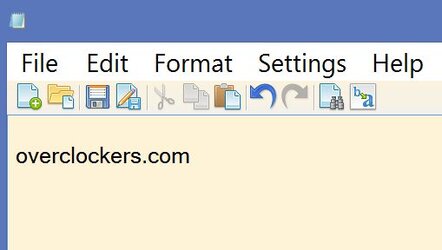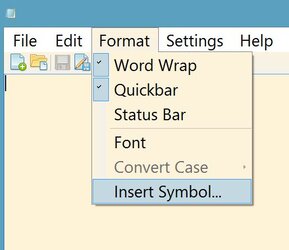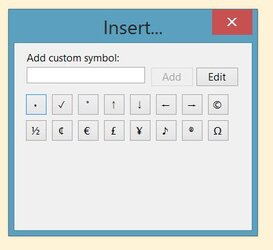Aha.
Well I tried the simpler route. I did find out the hard way that it is sometimes necessary to reboot the Ubiquiti.
I have 8 (eight) Google Audio Chromecast casting simultaneously and fully in sync, so I was in a unique position to confirm that yes, periodically, without touching the modem, or router, simply CABLE OUT of Ubiquiti, then CABLE back IN, to reboot - gets all stuttering fixed.
I also found this out the hard way and am sharing with you:
Do not reset everything at the same time.
If the power is cut to everything and restored to everything at once, it may not come back online.
So you need to power ON the cable company router first, there is a decent wait for all the lights to correctly come on. Then do the router, wait for it to get all lit, and only now re-power up Ubiquiti.
Meaning, after both modem and router having finished their respective boot sequences.
Do not power it all ON at the same time.
The reach alone of this thing is worth not even looking at anything else, although for educational purposes, since we are clearly dealing with this model being in a league of its own, I still wonder which other specific models are its direct competitors, since it's clear that anything any retail store sells cannot compete.
On another topic...
As we know, Google has ceased production of Google Audio Chromecasts - wonderful pieces of technology, allowing all receivers WITHOUT HDMI - many millions of them in the United Sates alone, to play music which is cast to them, through RCA connections, no HDMI needed, every receiver ever made works with Google Audio [not video, they are HDMI-only] Chromecasts.
Well Google stopped making them, driving their prices up stratospherically.
Do you know who noticed? China.
China is selling Audio Chromecast clones now!! For under fifty bucks.
Still expensive but not unaffordable.
You can cast anything to any receiver, without ever having to replace old 2 channel receivers.
I just got a 100W Yamaha 2 channel Receiver at Good Will for under $15.
Google Audio Chromecasts blast 100 Watts of power through this receiver.
UNCOMPRESSED wave and flac files, Pandora, Spotify, everything at highest quality of uncompressed two channel sound through Google Audio Chromecasts.
Actually Audio Chromecasts do both RCA *and* Optical TOSLINK fiber, so technically more than two channels are also possible on Audio Chromecasts, no HDMI needed.
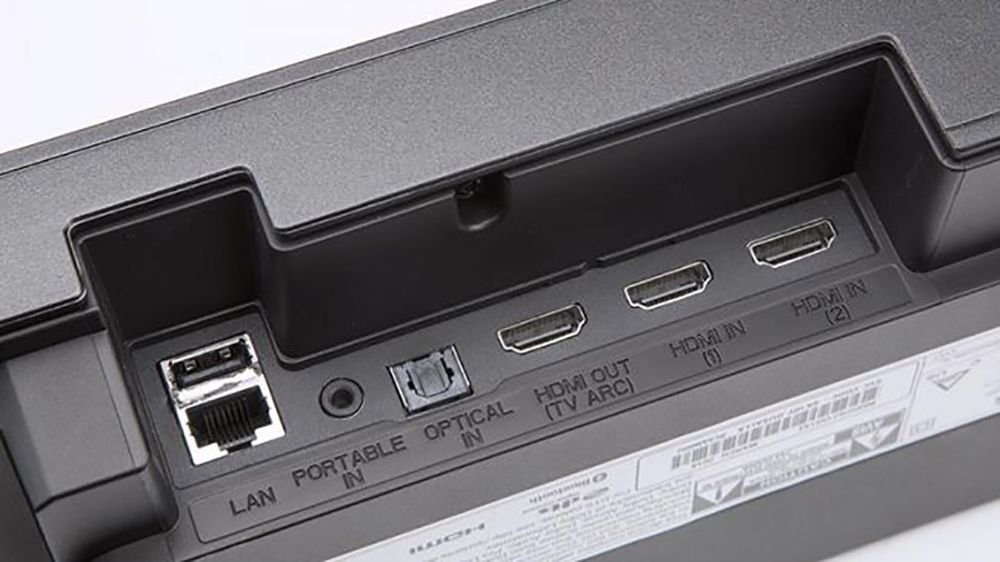
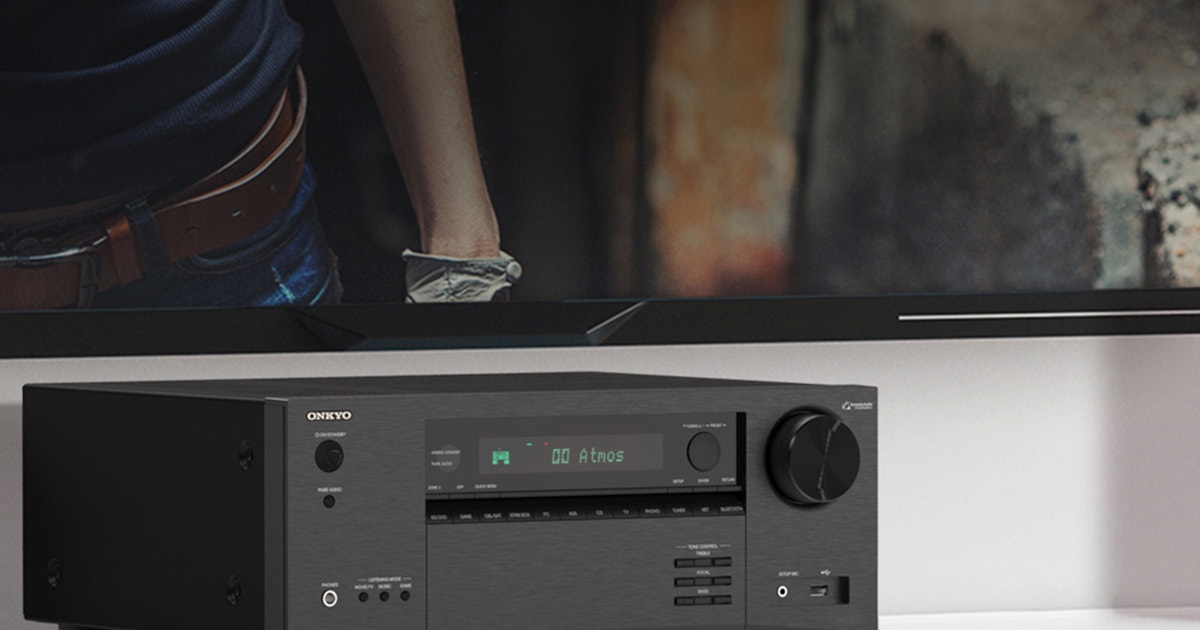
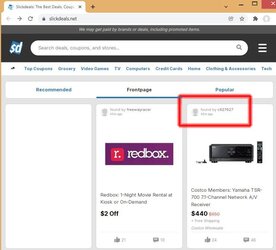
 You're fired.
You're fired.